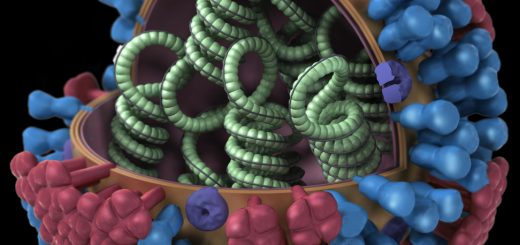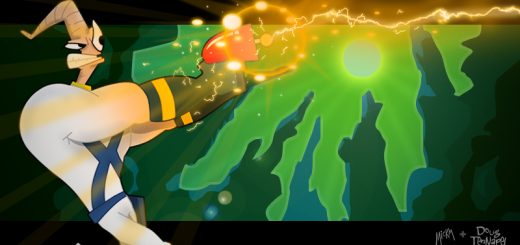Rock Around the Clock

How do you know how old a rock is? If you know your science then you’ll use a technique that has recently been improved in Glasgow called the ‘argon-argon’ clock. This works by finding the ratio between the amount of radioactive potassium in a sample of rock and the amount of argon (its decay product). The radioactive half-life of potassium (1.25 billion years) can then be used to date the rocks back billions of years to the formation of the Earth, a colossal 4.5 billion years ago.
The most recent research, a combined effort from The Scottish Universities Environmental Research Centre (SUERC) at Glasgow University and the National Physical Laboratory (NPL), has helped calibrate this technique and could mean an improvement in accuracy of 1.2% 1.
By using “ARGUS”, the most accurate mass spectrometer for argon isotope measurement in the world, they were able to measure the Boltzmann Constant, which links the magnitude of a degree Kelvin/Celsius to the amount of energy held by the molecules of a substance. In the process of doing this they found a most unexpected result – the results of Alfred Nier, an American scientist whose results have been used to calibrate argon-argon clocks since their inception, were in fact slightly erroneous. The data revealed that the correct measurement was achieved in 2006 by researchers in South Korea and North America. By using this more accurate measurement to calibrate argon-argon clocks, a greater accuracy of measurement can be achieved.
Darren Mark, who works at SUERC says, “One per cent change in the accuracy of an age doesn’t sound like a lot, but when aiming for 0.1 per cent precision through geological time it is a very significant breakthrough. For example, this will help with establishing eruptive histories and predicting the future behaviour of young volcanoes, such as the inhabited British overseas territory Tristan da Cunha in the South Atlantic Ocean.”










